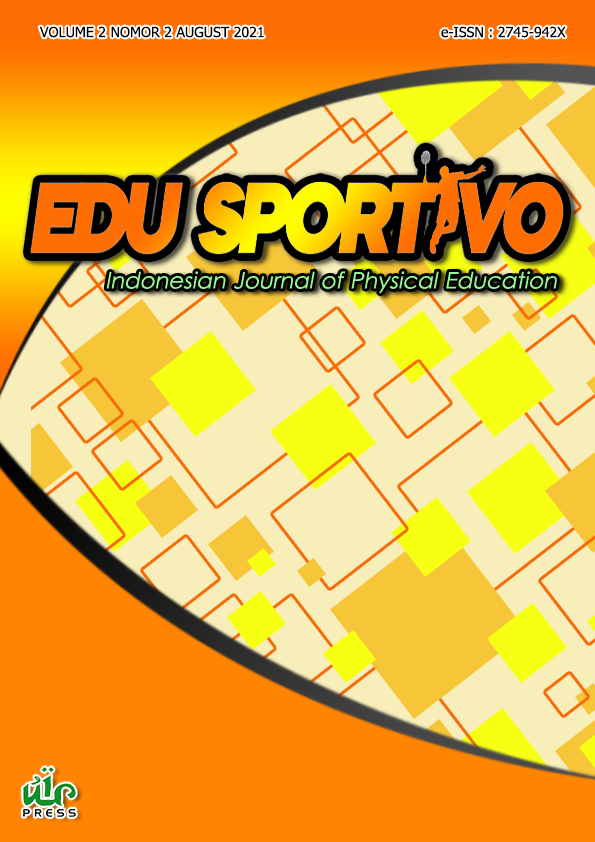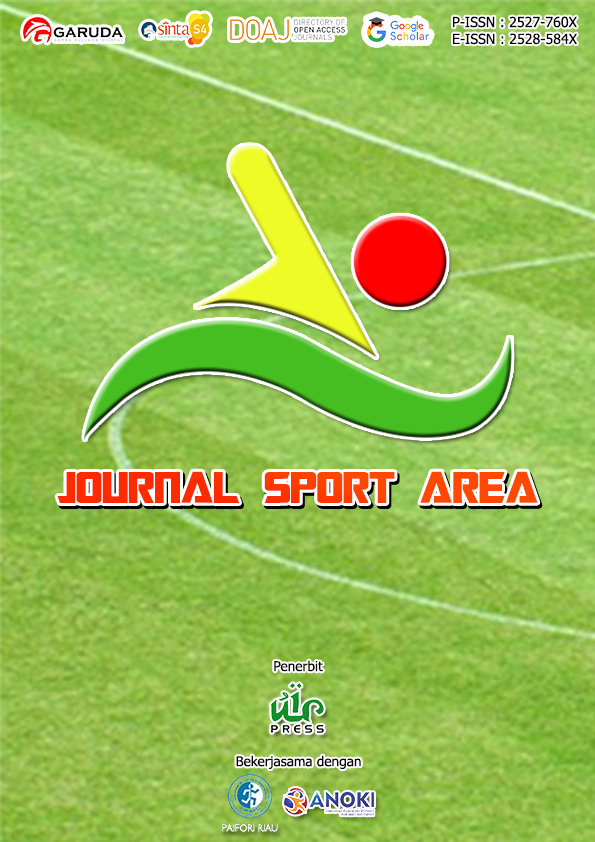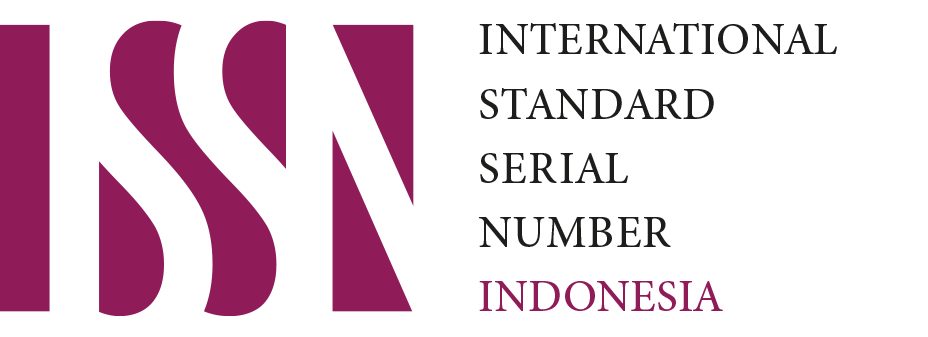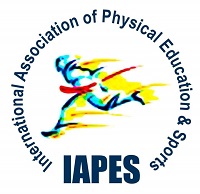Comparative study of physical fitness and physiological parameters between deaf/dumb and blind students of Amravati University
Keywords:
Physical fitness, physiological, deaf/dumb, blindAbstract
The purpose of the study was to find out the study of physical fitness and physiological parameters between deaf/dumb and blind students of Amravati University. For the present study the source of subjects were selected from the deaf/dumb and blind schools of Amravati University. Eighty (80) students were selected as the subjects from deaf/dumb and blind schools of Amravati University. 40 students were selected from deaf/dumb and 40 from blind schools of Amravati University. The subjects were selected by using simple random sampling method. In this study comparison of two physical variables strength and flexibility and two physiological variables fat percentage and exhale capacity were taken into consideration from both deaf/dumb and blind students of Amravati University. For the present study data pertaining to various physical and physiological variables were be collected through the administration of various tests. The data for the study is to be collected and statistical analysis and interpretation of data were be done by using statistical technique ‘t’ test because only two groups are considered one group from deaf/dumb population from various deaf/dumb schools of Amravati University and other group from blind section of the various schools of Amravati University.
Downloads
References
Ahmed, A. O., Samaila, E., Abah, E. R., Oladigbolu, K. K., Merali, H., & Abubakar, A. (2010). Audiometric findings in Waardenburg’s syndrome amongst the institutionalised deaf/ blind in Kaduna-Nigeria. Niger J Med, 19(4), 382. https://doi.org/10.4314/njm.v19i4.61960
Anwari, H. (2017). Developing Writing Materials for Deaf Students. Edulite: Journal of English Education, Literature, and Culture, 2(2), 415–430. https://doi.org/10.30659/e.2.2.415-430
Birch, K., MacLaren, D., & George, K. (2004). Sports and Exercise Physiology. Routledge. https://doi.org/10.4324/9780203488249
Cherni, H., Natacha, M., & Souliman, N. (2020). Literature review of locomotion techniques in virtual reality. International Journal of Virtual Reality, 20(1), 1–20. https://doi.org/10.20870/IJVR.2020.20.1.3183
Cumming, G. R., Goulding, D., & Baggley, G. (1971). Working capacity of deaf, and visually and mentally handicapped children. Archives of Disease in Childhood, 46(248), 490–494. https://doi.org/10.1136/adc.46.248.490
de Laat, S., Freriksen, E., & Vervloed, M. P. J. (2013). Attitudes of children and adolescents toward persons who are deaf, blind, paralyzed or intellectually disabled. Research in Developmental Disabilities, 34(2), 855–863. https://doi.org/10.1016/j.ridd.2012.11.004
Devinder, K. (2008). A Text Book of Applied Measurement Evaluation and Sports Selection. Sport and Spiritual Science Publication.
Gawlik, K., & Zwierzchowska, A. (2006). A Comparison of Chosen Strength Abilities in Deaf and Blind Adolescents. Journal of Human Kinetics, 15, 97–101.
Hattin, H., Fraser, M., Ward, G. R., & Shephard, R. J. (1986). Are deaf children unusually fit? A comparison of fitness between deaf and blind children. Adapted Physical Activity Quarterly, 3(3), 268–275. https://doi.org/10.1123/apaq.3.3.268
Hopkins, W. G., Gaeta, H., Thomas, A. C., & Hill, P. M. (1987). Physical fitness of blind and sighted children. Eur J Appl Physiol Occup Physiol, 56(1), 69–73. https://doi.org/10.1007/BF00696379
Kanchan, R., & Balwal, L. K. (2012). A New Book of Physical Education. Narendera Publishing House.
Kossewska, J. (2008). Personal Identity in Deaf Adolescents. Journal of Special Education & Rehabilitation, 1/2, 67–75.
Mahulkar, S. S. (2021). Effect of harness training on vital capacity of and heart rate of Kho-Kho players. International Journal of Physiology, Nutrition and Physical Education, 6(1), 165–167.
Marschark, M., Morrison, C., Lukomski, J., Borgna, G., & Convertino, C. (2013). Are deaf students visual learners? Learning and Individual Differences, 25, 156–162. https://doi.org/10.1007/BF00696379
Richards, K. A. R., Pennington, C. G., & Sinelnikov, O. A. (2019). Teacher socialization in physical education: A scoping review of literature. Kinesiology Review, 8(2), 86–99. https://doi.org/10.1007/BF00696379
Sarchet, T., Marschark, M., Borgna, G., Convertino, C., Sapere, P., & Dirmyer, R. (2014). Vocabulary Knowledge of Deaf and Hearing Postsecondary Students. Journal of Postsecondary Education and Disability, 27(2), 161–178.
Singh, A., Bains, J., Gill, J. S., & Brar, R. S. (2014). Essentials of Physical Education. Kalyani Publishers.
Sun, H., Li, W., & Shen, B. (2017). Learning in physical education: A self-determination theory perspective. Journal of Teaching in Physical Education, 36(3), 277–291. https://doi.org/10.1123/jtpe.2017-0067
Tsimaras, V. K., Kyriazis, D. A., Christoulas, K. I., Fotiadou, E. G., Kokaridas, D. G., & Angelopoulou, N. A. (2010). The effect of a traditional dance training program on the physical fitness of adults with hearing loss. J Strength Cond Res, 24(4), 1052. https://doi.org/10.1123/jtpe.2017-0067
Uppal, A. K., & Gautam, G. P. (2017). Physical Education and Health (5th ed.). Friends Publication.
Zwierzchowska, A., Żebrowska, A., Gawlik, K., Smółka, W., Molik, B., Gomez, M. A., & Navia, J. A. (2020). Coordination motor abilities and somatic growth of children and adolescents with hearing impairments. European Journal of Human Movement, 44, 95–110. https://doi.org/10.1123/jtpe.2017-0067
Published
How to Cite
Issue
Section
This is an open-access article distributed under the terms of the Creative Commons Attribution-ShareAlike 4.0 International License which permits unrestricted use, distribution, and reproduction in any medium. Users are allowed to read, download, copy, distribute, search, or link to full-text articles in this journal without asking by giving appropriate credit, provide a link to the license, and indicate if changes were made. All of the remix, transform, or build upon the material must distribute the contributions under the same license as the original.
Accepted 2021-04-12
Published 2021-08-04



.png)




















.png)







.png)





